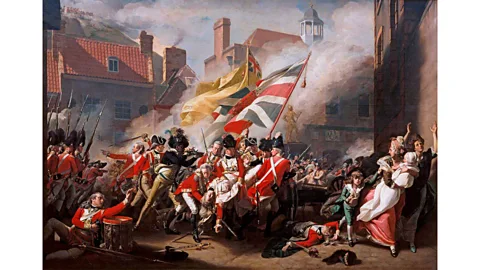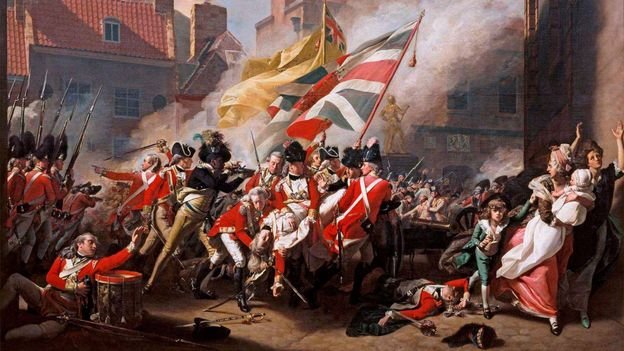Stewart continues: “This was another means of smoothing national sensibilities by ensuring that the precedence given to the Irish saltire – because it lay over the Scottish saltire – was balanced by the Scottish saltire having precedence in the more prestigious half of the design.” The flag was first flown on 1 January 1801, when the United Kingdom of Great Britain and Ireland came into being. Since the Anglo-Irish Treaty of 1921, the red has represented Northern Ireland.
 Alamy
AlamyWhy no Wales, the other nation that makes up Britain (England, Scotland and Wales) and the United Kingdom (England, Scotland, Wales and Northern Ireland)? Because in 1283 Edward I conquered the rebellious Welsh. To underline his supremacy, Edward made his son the Prince of Wales. As a principality, rather than a kingdom, Wales is regarded as being represented by the cross of St George.
It was declared in Parliament in 1908 that “the union jack should be regarded as the national flag”. Along with the United States’ stars and stripes, the union jack is arguably the most recognised flag in the world. “I think in terms of longevity, influence and representation in different spheres, the union jack is absolutely iconic,” Nick Groom says. He points out that the flag is easily recognisable from just a small portion of it, or when rendered in different colours or in black and white.
A symbol of Empire
Although originally a royal flag, the Union flag gradually became the symbol of Britain and then the UK. And as Britain grew as a colonial power and its empire spread, the union jack, which at one time flew over roughly a quarter of the world’s population and landmass, became synonymous with subjugation and exploitation for those peoples of imperial territories who wanted independence. For many, the flag still carries connotations of colonialism as well as unsettling associations with Britian’s role in the transatlantic slave trade.









Recent Comments